Château de Salses
This castle-fortress is a living example of the transition from medieval defenses to modern fortifications.
A relic from the old border between France and Spain, la Fortresse de Salses (as it is also known) stands as evidence of the transitional and innovative military architecture from the 15th century.
The castle (or more accurately, fortress) was built between 1497 and 1504 by the Catholic Monarchs: Queen Isabella I of Castile and King Ferdinand II of Aragon with the purpose of defending the border with France, specially after the last French incursion left a nearby village totally destroyed. The Monarchs commissioned the design of the fortress from Commander Rodriguez (the King’s Grand Artilleur), and the engineer Francisco Ramiro Lopez who placed it near the Castle of Leucate, built by the French almost one century before.
Rodriguez and Lopez came out with an innovative structure that looks like an hybrid between a castle and a fortress, a sort of link between medieval military architecture and the modern fortification style, combining three traditions of military construction from Europe: Spanish, Italian and Burgundy.
The fortress saw many sieges during its life as a military bulding, the first in 1503, a year before works were completed on the structure. With growing tensions between Spain and France for the control of the region, the role of the fortress was totally justified, but in 1544, a peace agreement between Charles V and Francis I gave the fortress some good decades of relief and peace.
However, it was the Thirty Years’ War that saw a change of ownership over the Fortress: during the last siege of the structure in 1639, the French managed to take possession of the building after 40 days of resistance by the Spanish; it was finally claimed for the French crown in 1642 but in less than 20 years there was a new peace agreement between both kingdoms (the Treaty of the Pyrenees) and the Spanish border was moved south, leaving the castle quite useless as it was now in the middle of French territories.
After the end of the war, the local governments asked the king for permission to demolish useless fortresses that were costly to maintain, ironically, the French-built Castle of Leucate was demolished in 1664, while the higher cost of demolishing Salses actually saved the structure from oblivion.
The magnificent building was declared a French historical monument in 1886, after serving as a gunpowder magazine, prison, and garrison in its post-war life. Le Château de Salses, currently acting as the Museum of History of Salses, is definitely worth to visit when traveling by the motorway A9.
Know Before You Go
From Béziers: motorway A9 towards Perpignan, exit n° 40, then secondary road D627 and main road N9 towards Perpignan.
From Perpignan: main road N9 towards Narbonne.













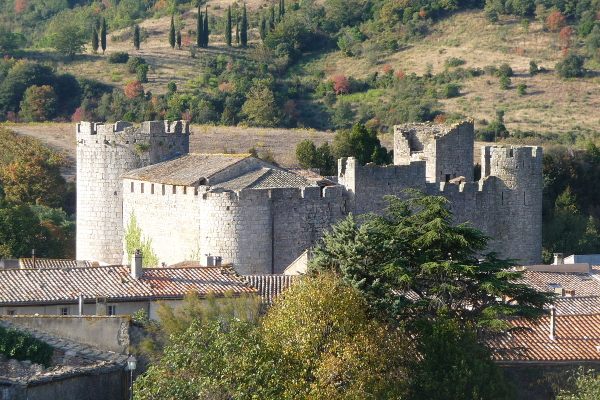

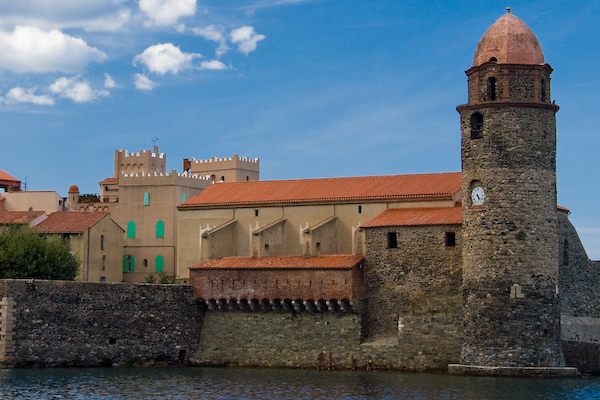

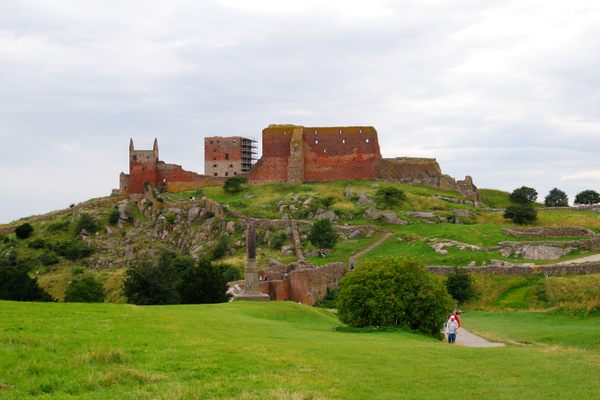

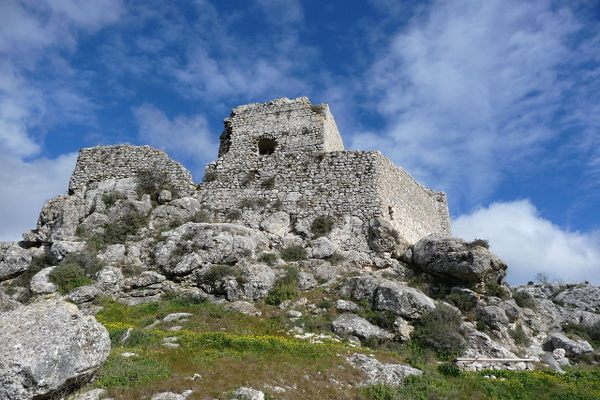
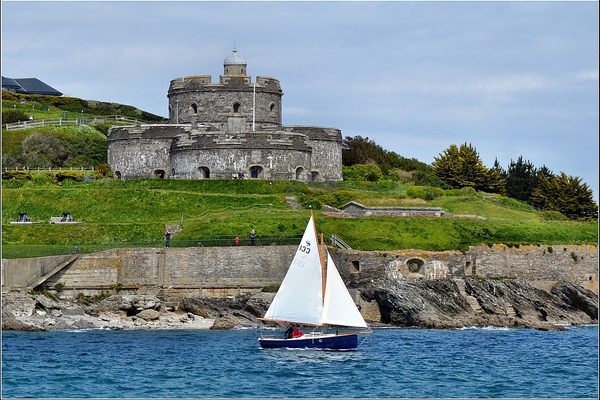

Follow us on Twitter to get the latest on the world's hidden wonders.
Like us on Facebook to get the latest on the world's hidden wonders.
Follow us on Twitter Like us on Facebook